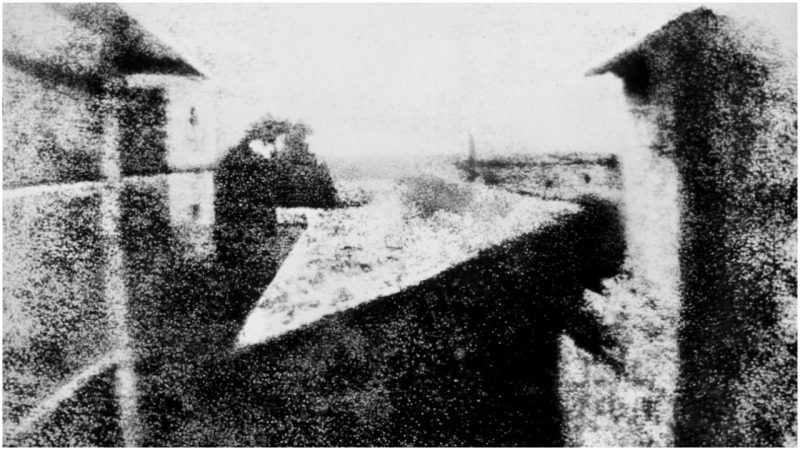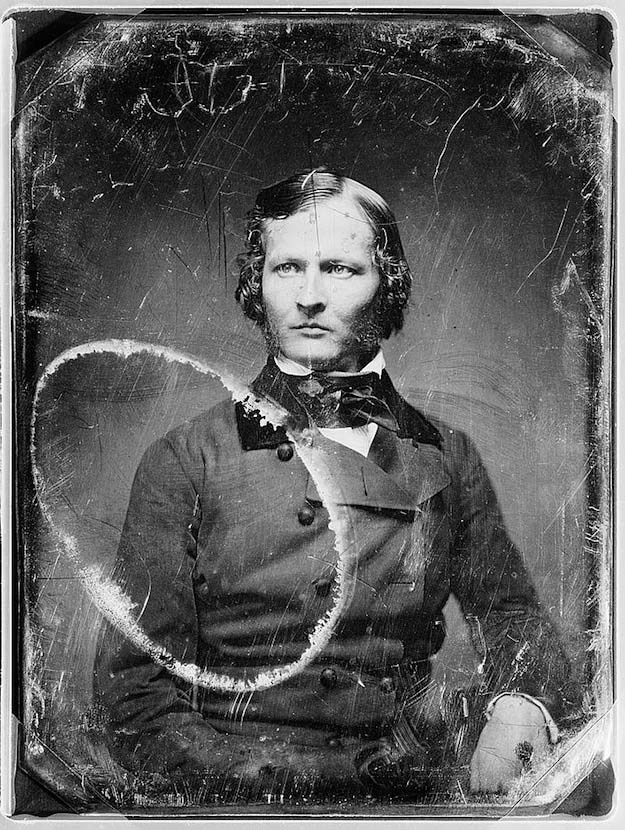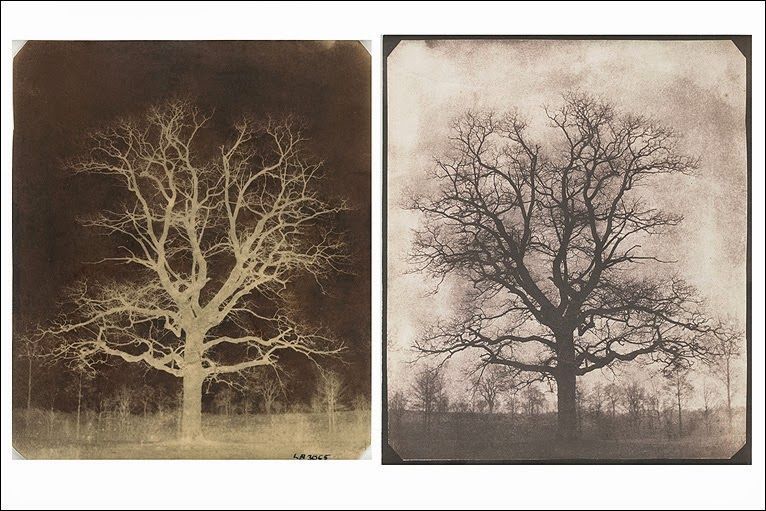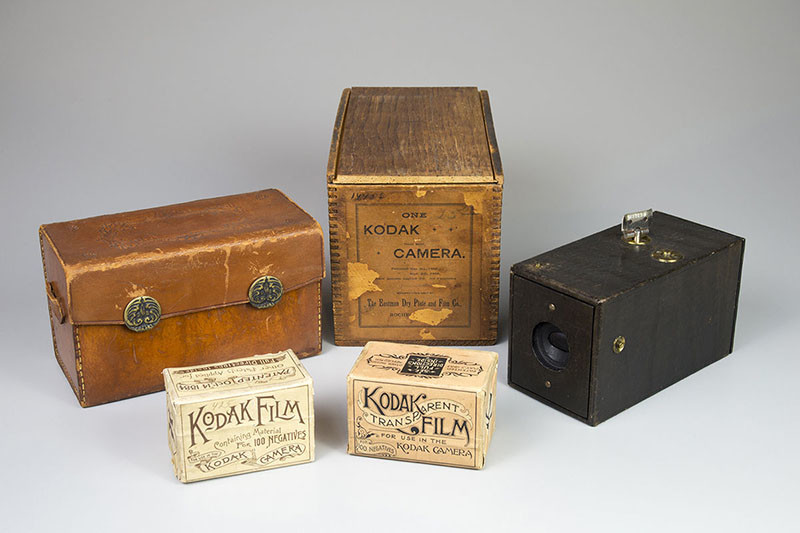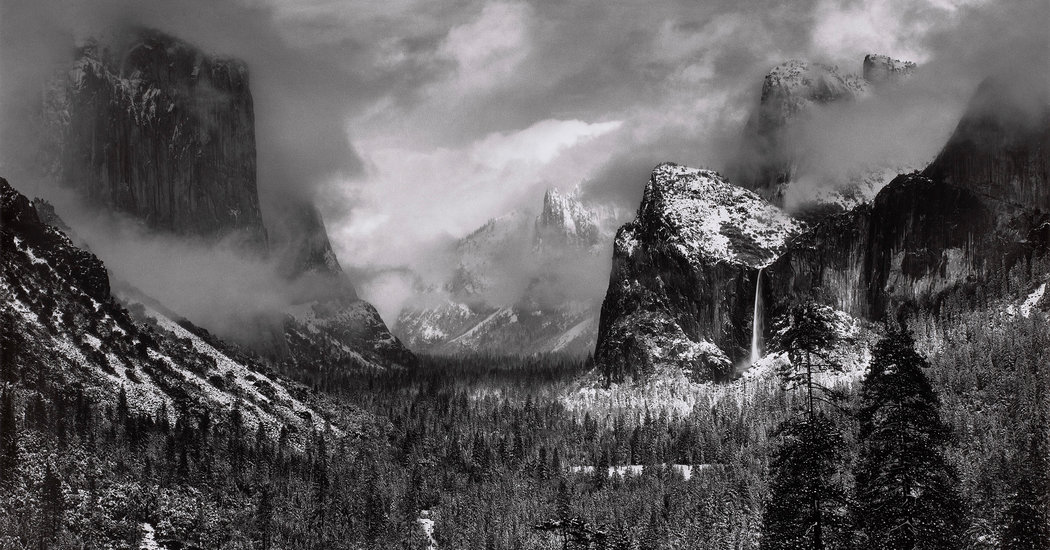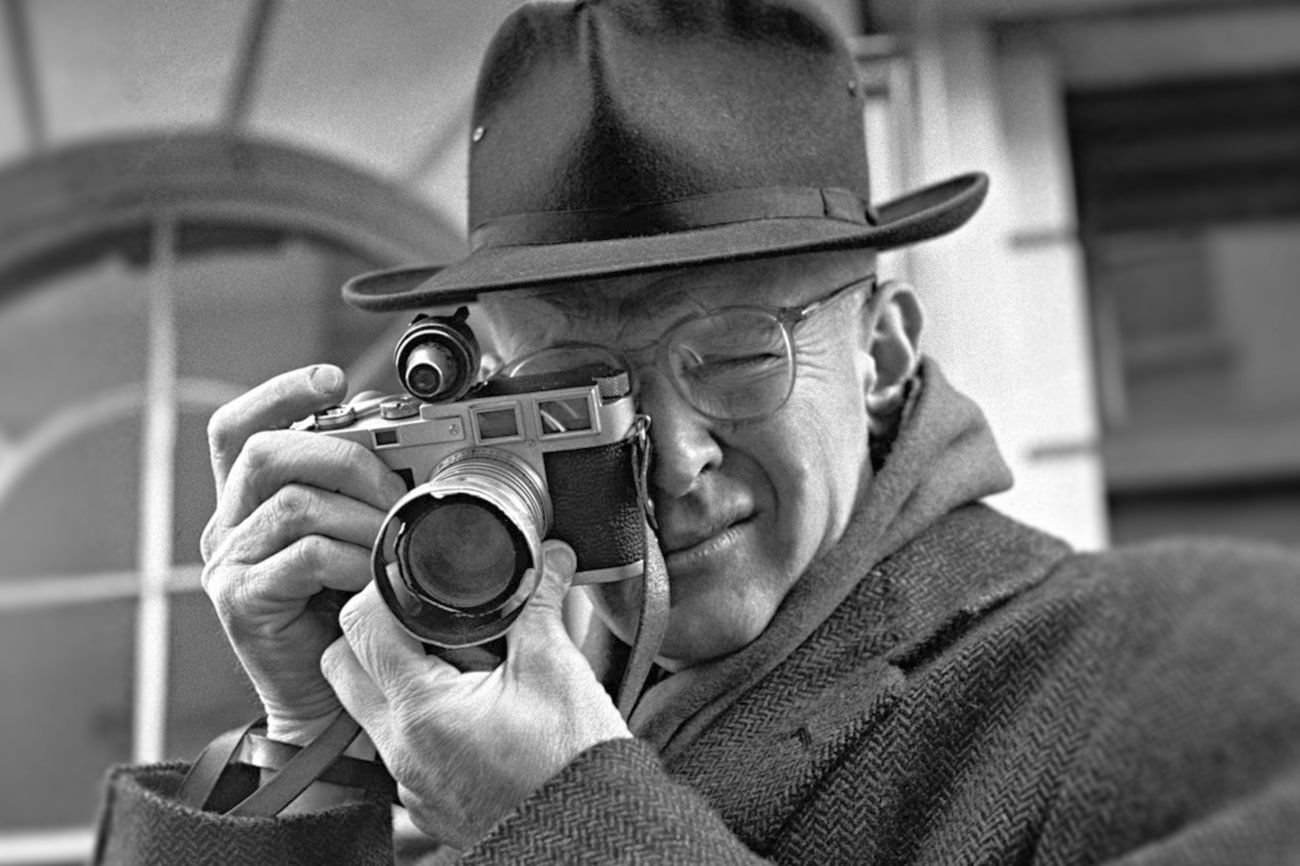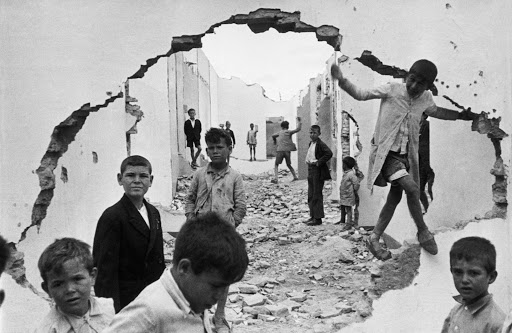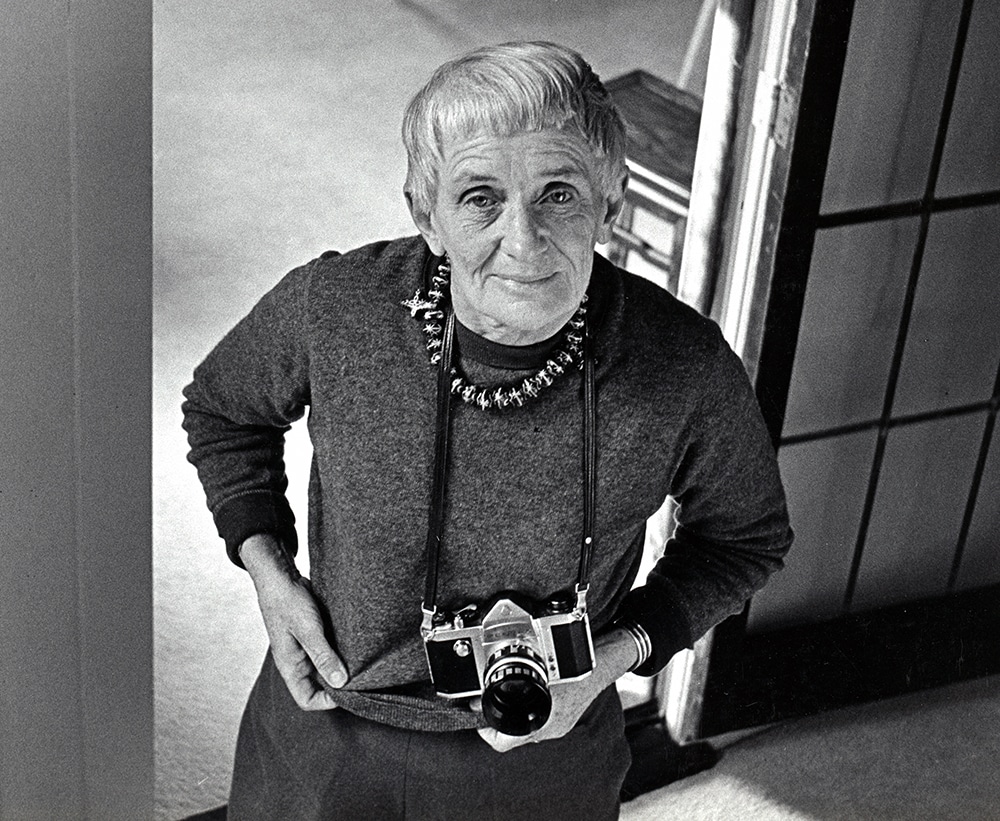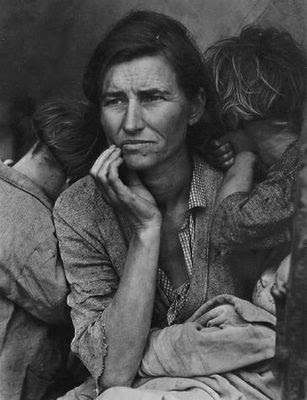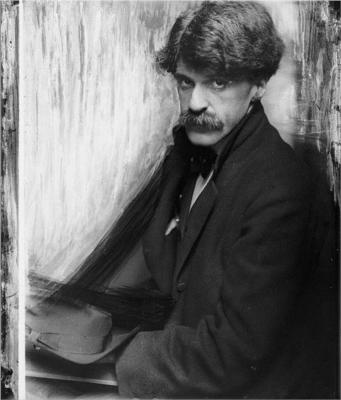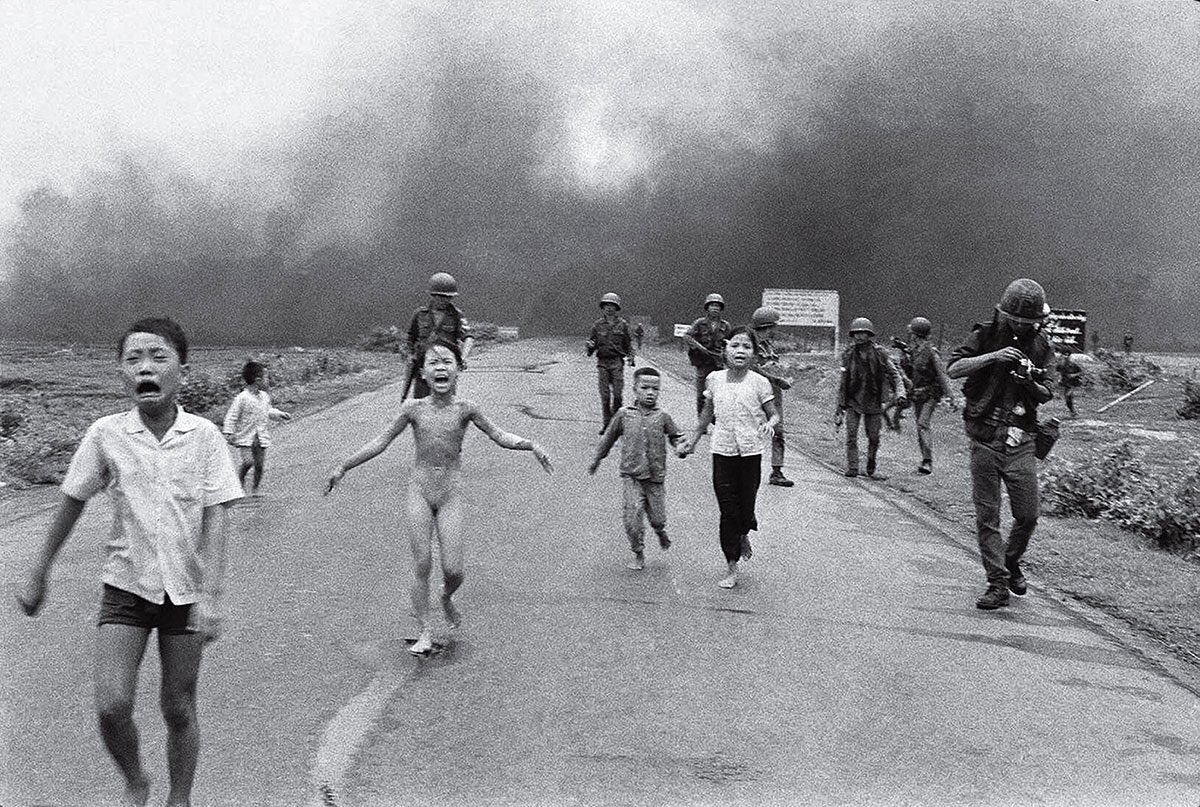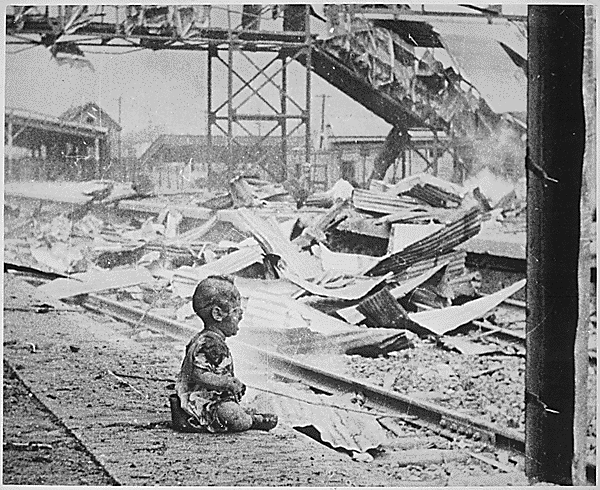What is photography?
Trying to answer that question is like trying to answer the question “What is the meaning of life?”
This is because photography is very complex. It has many facets and types. Photography has both technical and creative aspects. The way photography is done is different from person to person.
In addition, there is unlimited variety in the photos. In this sense, trying to explain the difference between an ordinary snapshot and a work of art is a very difficult job. We can tell by looking at two photos which is which, but distinguishing from amateur to professional is not an easy task.
The defined photograph
When trying to quantify what photography is, it is important to first start with a definition of photography.
In layman's terms, photography is simply the process of capturing light with a camera to create an image.
This was first done in 1826, when Joseph Nicéphore Niépce took a picture of your window. The image, shown above, was titled View from the Window at Le Gras.
In terms of subject matter, the photo is not impressive. However, being the oldest photograph in existence, it is an important part of the history of photography.
As simple as this image is, it perfectly demonstrates the technical process of photography.
To process the image captured with his camera, Niépce used a process of his invention called heliography.
It is necessary that bitumen be dissolved in lavender oil. The resulting substance was coated onto a lithograph. After drying, an engraving was placed on the lithograph and then exposed to sunlight.
After drying, the lavender oil was removed with any unhardened bitumen. The remaining areas on the lithograph surface were acid washed to create the final image.
But Joseph Nicéphore Niépce is just one player in the history of photography. There were many other photographic achievements along the way.
The Daguerreotype
Invented in 1829 by Louis Daguerre, a French painter, the Daguerreotype process was based on Daguerre's work with Niépce. Daguerre's photography process shortened the very long exposure required for a heliograph and resulted in images that were much clearer. Below you can see his photo of L’Atelier de l’artiste, which was created in 1837.
Light-sensitive paper
As surprising as the image quality of the Daguerreotype was, just weeks after Daguerre announced his process, Fox Talbot, a scientist from Britain, revealed that he had developed an entirely new way of creating photos.
Instead of relying on metal plates like Daguerre and Niépce did, Talbot used photosensitive paper. His method, called the calotype process, was published in 1841.
Roller film is invented
In 1888, George Eastman and his partner, Henry A. Strong, used roll film for the first time.
This Eastman Kodak film was clear cellulose that came in a 70mm format. The rolls were then cut in half (by Thomas Edison) to create what became the standard 35mm film size.
These small, easy-to-use rollers revolutionized photography in such a way and made it accessible to anyone.
From there, many other advances were made in photography, including the development of 35mm cameras, instant film, digital photography, and the development of mobile photography.
We can say that George Eastman was the one who popularized photography, invented Kodak Brownie, who democratized the practice of photography, allowing anyone to take their own photographs. It was sold for 1 dollar and in the first year 100,000 units were sold, many consider this the most important machine ever because being so cheap to produce, for less than 2dollars any family would buy a Brownie the roll and the development, it was affordable and easy use from professionals to children.
Famous photographers who popularized photography
It would be impossible to list all the photographers over the years who have contributed to making photography a worldwide activity for millions. In fact, it's almost impossible to narrow down a list of the most famous photographers to less than several dozen.
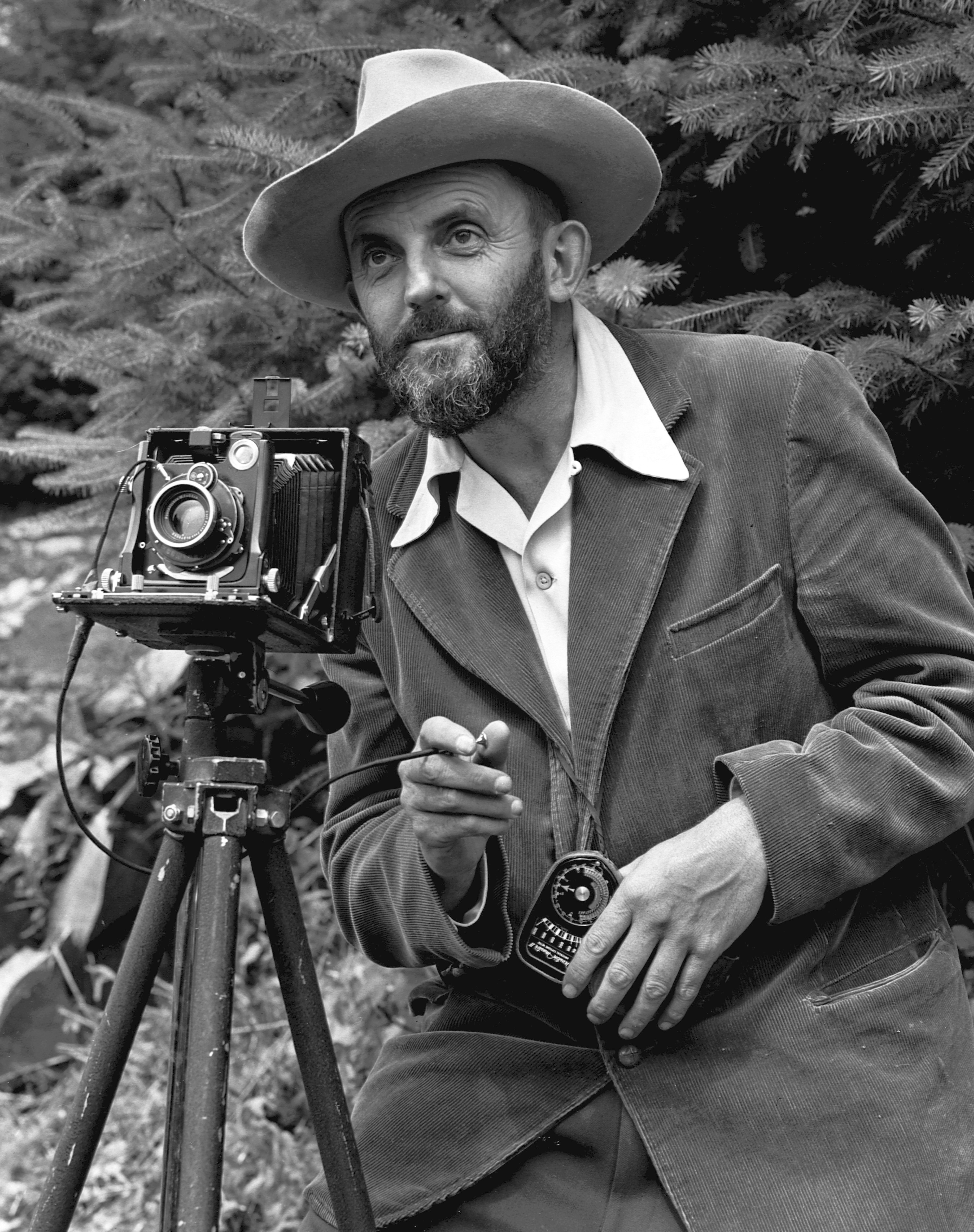
Ansel Adams
• Ansel Adams, whose most famous work includes black and white photographs of landscapes in the American West (such as the Snake River and the Tetons). He is perhaps the most famous photographer in history and helped popularize landscape photography as well as the preservation of natural spaces. One of Ansel Adams' most famous quotes is: “You don't take a picture, you make it.”
• Henri Cartier-Bresson, considered the father of photojournalism. His candid portraits and street scenes have captured the imaginations of millions. He also photographed some of the most important events in history, including the Chinese Revolution and the social and economic changes in the United States after World War II. One of Henri Cartier-Bresson's best quotes is: “For me, photography is the simultaneous recognition, in a fraction of a second, of the meaning of an event.”
• Dorothea Lange, who became one of the most famous photographers in history thanks to her documentary-style photographs of the Great Depression. In fact, anyone who has seen photos from that time, is likely to have already seen some of her photos. In addition to capturing an important era in American history, Lange's work has shown the world just how powerful a camera can be. One of Dorothea Lange's most famous quotes is: “While there is perhaps a province where photography can tell us nothing more than what we see with our own eyes, there is another province where it proves how little our eyes allow us to see.”

• Alfred Stieglitz, who popularized photography as an art form in the late 1800s and early 1900s. He is best known for portraits that had feeling and emotion that made them more than just a snapshot of a moment in time, but a piece that told the story of that person at that moment. The current perception of photography as art, as much as paintings and sculptures, is largely due to Stieglitz. One of Alfred Stieglitz's most famous quotes is: “I am neither a painter nor an artist. So I can see clearly and this could be my undoing”.
The importance of photography.
The importance of photography lies simply in the fact that, without it, we would not be able to preserve the memory of important moments in our lives and in history.
Think for a moment about some of the most influential images ever taken.
These photos are much more than just photos. They represent the world, humanity, us. They tell what we have achieved as humanity.
The photos show us all the extraordinary abilities we possess, but they also remind us of the horror we are capable of.
Some of these photos became history because they were the first of their kind, others because they help us understand who we are and give us a glimpse into the world and events we didn't even know or remember.
Photography can not only tell us about our past, it can also change our future.

More than 250 meters above Manhattan, these men taking a break, chatting casually and smoking during the construction of Rockefeller Center. This image helped to affirm the idealistic belief that New York is not afraid to undertake any project.
The Terror Of War, Nick Ut, 1972 – Nick Ut
Phan Thi Kim Phuc was nine years old when this photo was taken. The horror of war is represented in this photo through the desperate screams of children surrounded by soldiers. Phan Thi Kim Phuc was naked because she was hit by napalm. This photograph has become a symbol of the policy against the atrocities of the Vietnam War.

Earthrise, William Anders, NASA, 1968 – William Anders
Taken out of lunar orbit during the Apollo 8 mission. These spectacular images helped birth the environmental movement.
Bloody Saturday, H.s. Wong, 1937 – H.S. Wong
H.S. Wong took this photo in Shanghai after the conflict with Japan. One of the most important photos of all time.
Photography is important because it is an art form.
Like painting, with photos we can create an image and add our interpretation to it. We can paint with light, or use software to edit and add our personal touch to the images.
Playing with light and shadows, colors and contrasts, composing images through elements of visual art, and harnessing the power of science and digital devices to offer a representation of the world as YOU, the photographer, sees it.
Photography is a language
We can be explicit with words, tell stories, write blogs and send messages clearly so that everyone can understand.
With photographs, we were able to create our own language. We have to dig deeper and find a different way to "speak” and to express ourselves.
Colors, contrasts, different framings are ways of telling stories with photography and developing a language that expresses feelings and emotions in a way that sometimes goes beyond words.
“Photography is about expression.
We try to capture light the way we want because it's a form of expression.
Photography is a window to the sub-conscious and photographs are a manifestation of that. The way we approach photography is ultimately an expression of our mood, upbringing, values, victories and defeats.
It happens to us when we press the shutter button, whether we realize it or not.
The question that arises is, what is Photography?
The good part of this question is that it is entirely subjective, just like photography. It's all an interpretation, there's no right answer, and we can all learn something from the way others see the world.
Photography is the equipment, it's exposure and composition, it's light and post-processing. But in the end, is it all that important? What are we trying to say? If we have nothing to say, the same can be seen in our photographs.”
– Rodolfo Fernandes




